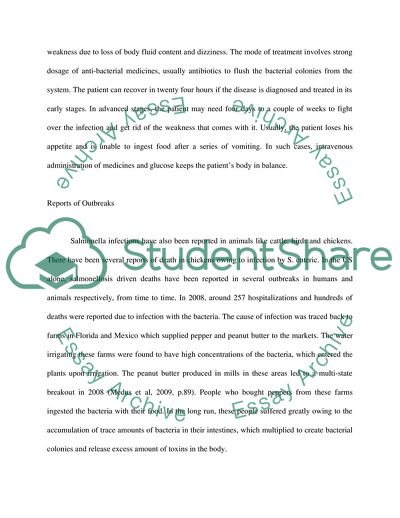Food Borne Illnesses - Salmonella Research Paper. https://studentshare.org/medical-science/1857122-the-prevention-of-salmonella
Food Borne Illnesses - Salmonella Research Paper. https://studentshare.org/medical-science/1857122-the-prevention-of-salmonella.


